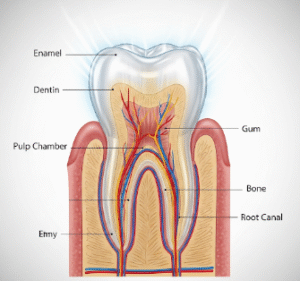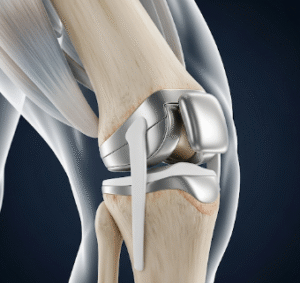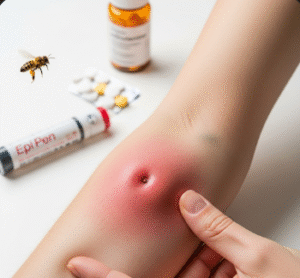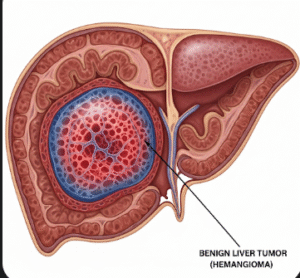Overview
Synovial sarcoma is a rare and aggressive type of soft tissue cancer that primarily affects adolescents and young adults, including children. It typically arises near joints, tendons, or bursae but can occur anywhere in the body. Early diagnosis and treatment are critical for improving outcomes, as the tumor tends to grow slowly but can metastasize.
What is Synovial Sarcoma in Children?
Synovial sarcoma is a malignant tumor that originates from mesenchymal cells and is believed to develop near joint capsules or tendon sheaths. In children, it often presents as a painless, slowly growing mass near the arms or legs but can also affect the trunk and head and neck region. Despite its name, it is not derived from synovial cells.
Symptoms
- A painless, palpable lump near a joint or tendon
- Swelling or tenderness in the affected area
- Limited range of motion if near a joint
- Occasionally pain or discomfort as the tumor enlarges
- Symptoms related to metastasis (e.g., cough if lungs are involved)
Causes
The exact cause of synovial sarcoma is unknown. Genetic factors play a role, especially the characteristic chromosomal translocation t(X;18)(p11;q11) which is a hallmark of this tumor. Environmental factors have not been clearly linked.
Risk Factors
- Age (commonly affects adolescents and young adults)
- No clear hereditary or environmental risk factors identified
Complications
- Local tissue invasion causing pain and dysfunction
- Metastasis, most commonly to the lungs and lymph nodes
- Recurrence after treatment
- Impact on growth and development in children
Prevention
Currently, no known prevention exists due to the unclear causes. Early detection and treatment are the main strategies to reduce complications.
Treatment Options in Korea
South Korea offers advanced pediatric oncology services with multidisciplinary care for synovial sarcoma in children:
- Diagnosis
- Imaging: MRI to define tumor extent
- Biopsy: To confirm diagnosis and perform genetic testing
- Chest CT: To check for lung metastasis
- Surgical Treatment
- Wide local excision aiming for complete tumor removal with clear margins
- Limb-sparing surgery preferred when possible
- Radiation Therapy
- Often used postoperatively to reduce local recurrence risk
- Chemotherapy
- Multi-agent chemotherapy protocols tailored for children, including drugs like ifosfamide and doxorubicin
- Follow-Up Care
- Regular imaging for early detection of recurrence or metastasis
- Rehabilitation services to restore function
- Psychological support for patient and family













